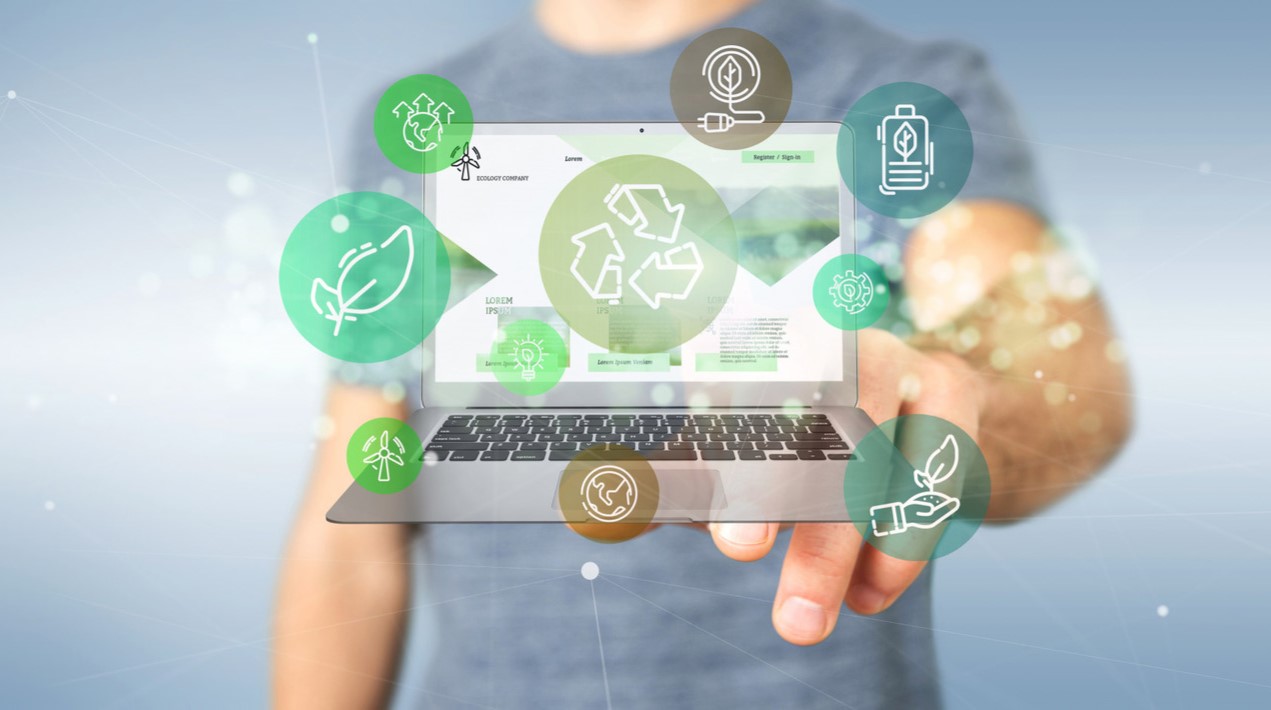
As part of its comprehensive digital transformation strategy and its ambitions to be a regional digital powerhouse, the Ministry of Information and Communications (MIC) has placed smart cities and commercialisation of 5G at the top of their priority list.
Vietnam has seen a rapid blossoming of its city areas with the urbanisation rate shooting up from 19.6% in 2009 (629 urban areas) to about 39.25 by the beginning of 2020 (835 urban areas in December 2019). After Vietnam joined the ASEAN Smart Cities Network 2 years ago, the Vietnam Smart City Development Project (2018-2025) was released with a vision until 2030. The project has three priority areas – programming smart cities, managing smart cities and smart urban utilities.
Minister of Construction, Pham Hong Ha, said Vietnam will implement the tasks and solutions set in the Vietnam Smart City Development project. These include a legal framework for the development of smart cities as well as management of tools, institutions and mechanisms for cooperation between ministries and branches, between the central and local government, to ensure smart cities throughout the country and avoid waste in using resources.
Concerning connectivity, within the final months of 2020, all three major mobile carriers in Vietnam announced trials of commercial 5G services, making Vietnam one of the first countries in the world to roll out the latest generation of wireless technology. This is expected to boost the digital economy.
According to a news report, unlike previous technologies most of which had to be imported, Vietnam has gradually mastered and is now capable of producing 5G equipment, a strategically important step in Vietnam’s development of information and communications technology. State-run enterprise Viettel was the pioneer in announcing commercial 5G trials in late November with coverage in the Hoan Kiem, Ba Dinh, and Hai Ba Trung Districts of Hanoi. Owners of 5G-enabled devices can now use the service for free at a speed of up to 1.5 gigabits per second, far higher than 4G.
Both these priorities – smart cities and 5G – are in line with the MIC as well as the Hanoi People’s Committee, and the implementation of these priorities rests with the Hanoi Department of Information and Communication. In a report presented at a conference on reviewing tasks in 2020, the department said it had helped the Hanoi People’s Committee set up a plan on IT use in Hanoi in 2020 as well as IT use in state agencies, further developing digital government and ensuring cybersecurity in 2021.
The municipal authorities were handed over a plan to implement Decree 45 on administrative procedures for the electronic environment and to set up a program on digital transformation in Hanoi by 2025 with the vision until 2030. The agency also played an important role in the construction of infrastructure items at the software park in Dong Anh district.
In terms of post and telecommunications, the agency advised municipal authorities on the regulation on managing, building and using technical infrastructure works for common use, and upgrading and rearranging telecom cables on poles.
The department coordinated with specialised agencies to implement Decree 92 on fighting against spam messages, e-mails and calls. Nguyen Thanh Liem, director of the Hanoi Department of Information and Communications, affirmed that Hanoi has pioneered eliminating spam calls and messages. One of the outstanding telecom achievements of Hanoi in 2020 was the trial of 5G services and the installation of public wifi at tourist sites and historical relics in the city.
Hanoi aims to improve its image in information technology applications in 2021. With new infrastructure items such as the smart operation centre, the cybersecurity monitoring centre and shared software systems, information technology applications in the city will be better in the near future.
Deputy Minister Pham Anh Tuan directed the department to build an action plan based on the key orientations shown in Instruction 01 from MIC. He also urged then to complete the Vpostcode map with the addresses of every household. This is considered the foundation for e-commerce development and management.
















